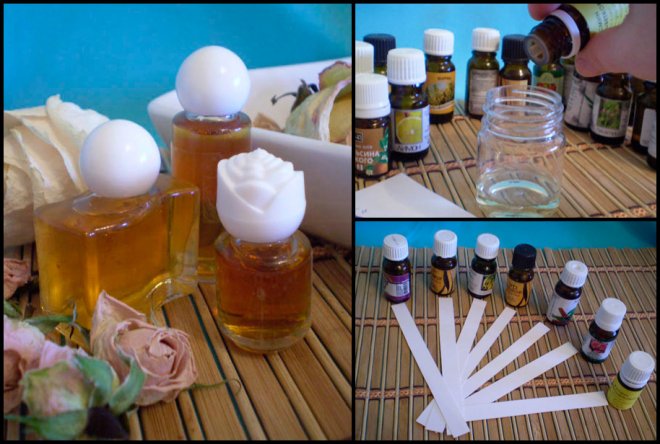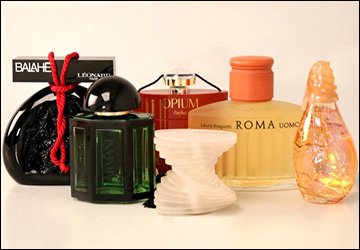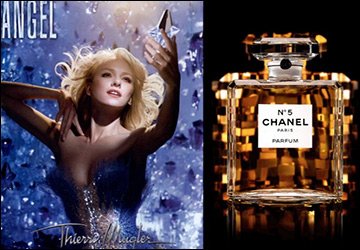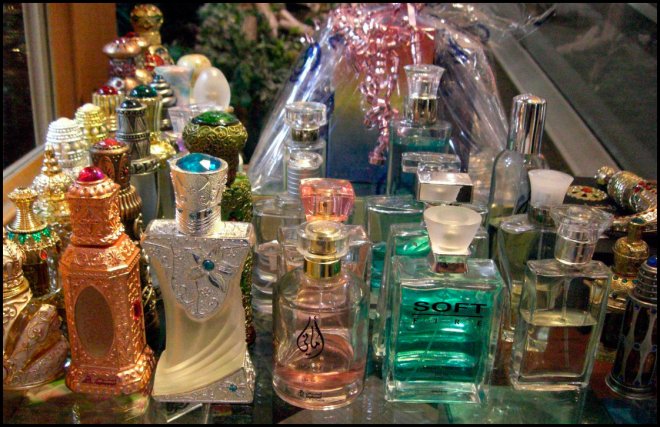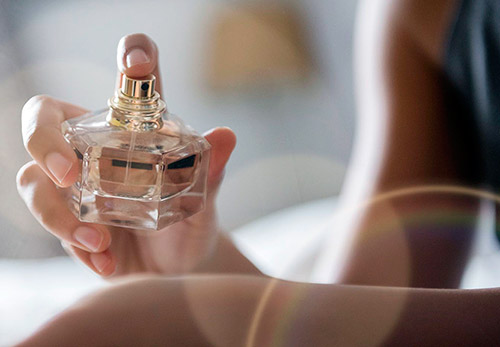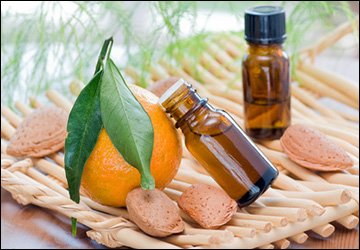Perfumery
Alchemy of scent
or the secret to creating beautiful alcoholic perfumes
It is quite difficult to create successful accords from natural essential oils and other natural ingredients. This skill can take years of work. But beautiful perfumes, made by hand, in which it would not be a shame to "go out" to create, you still want to ...
Then various aromatic substances with a ready-made, pleasantly smelling chemical formula come to our rescue.
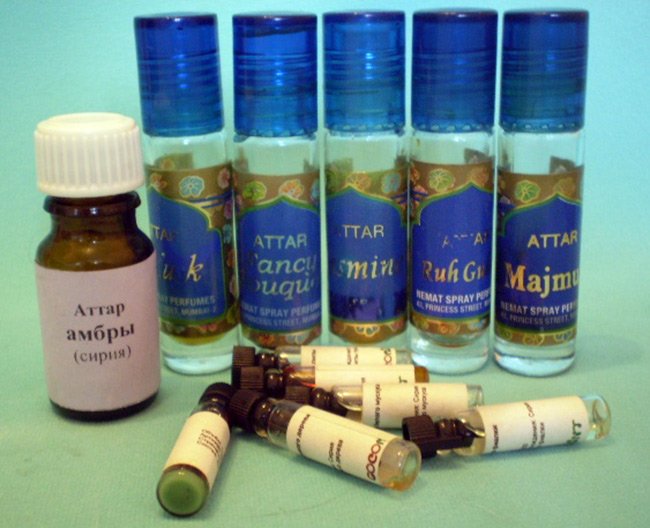
One of the best ingredients for creating perfume are attars - these are Arabic and Indian oil perfumes, which have a unique composition and method of production. They have good durability and richness. At the same time, the smell extracted from attars with the help of alcohol gives a milder effect than their intended purpose.
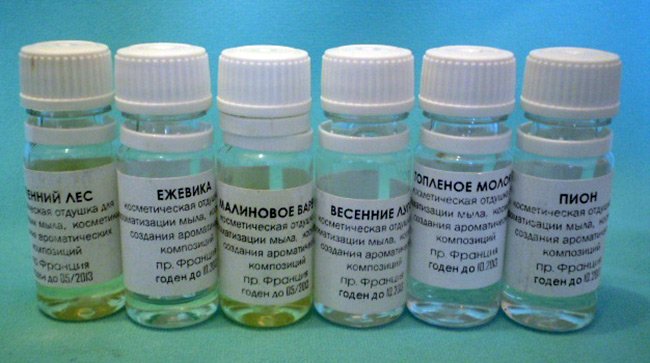
Of the aromatic fragrances that can be most suitable for creating perfumes, I can mention aromatic oils made in the USA. They are common with a significant list of all sorts of flavor imitations, from Coca-Cola to fresh sea breeze. Beware of just one cost: large doses and disproportionate amounts can backfire!
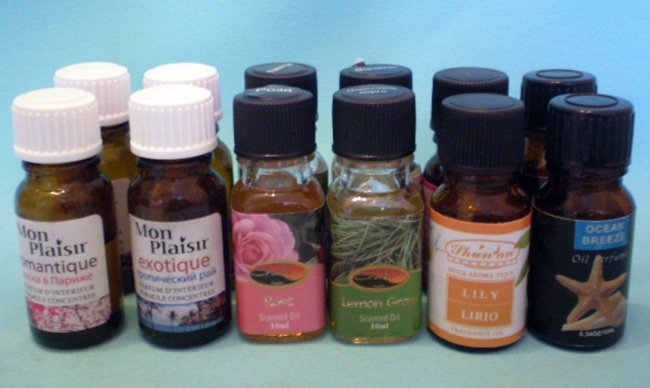
To fix the aroma, a whole arsenal of excipients is now also on display. The most common is aroma-fix. But from home use, ordinary glycerin is also perfect up to 15% of the input into the solution.
Even the main base of perfume - 96 percent alcohol is also not difficult to acquire on the World Wide Web. On some sites, it is listed under the name "perfume base".
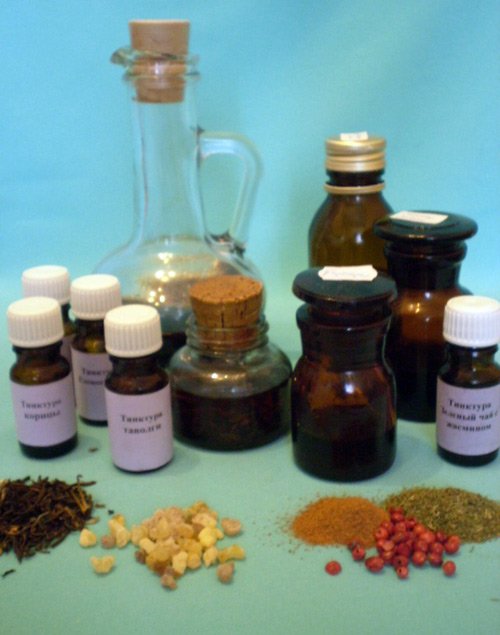
But, probably, one of the most pleasant moments in preparation for making your own perfumery is tinting from the word "tinctura", which means "coloring". Namely - soaking in alcohol everything that produces a smell and incense ...
But do not forget that some plants do not have essential oil glands. Therefore, unfortunately, the smell of lilac and peony cannot be “chained” into alcohol. These scents only exist synthetically.
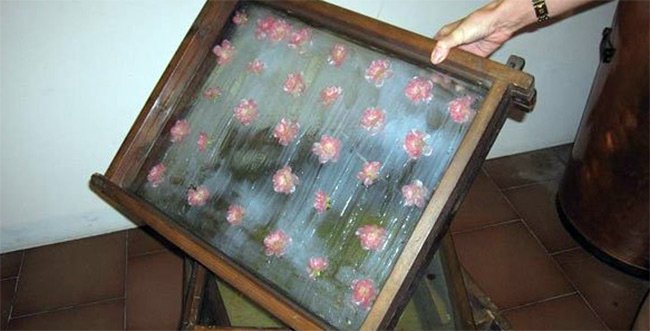
Also, the old method of enfleurage has not gone into oblivion - the extraction of an odorous substance from fast-growing flowers with the help of animal fat. Suffice it to recall the film "Perfumer", where you can quite easily contemplate the use of lard to extract the aroma of the victim and its subsequent distillation with alcohol.
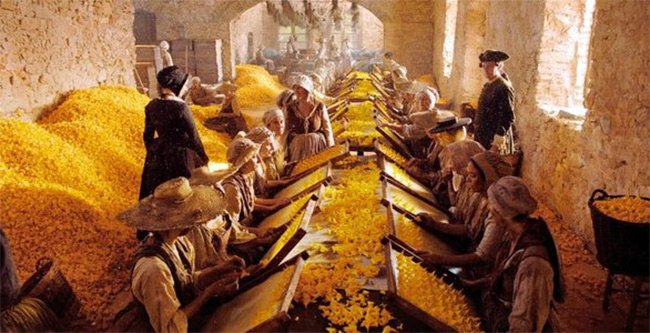
In theory, Suskind's idea is real! But in reality, the concentrated body odor, its distillation, would make us at least want to shut our nose ...
The scale of natural perfumery is now too small, because nevertheless, not everyone can fully understand it. It is not like the publicly available molecular perfume making. It is in its own way wild, harsh and not familiar ... But, upon closer examination, namely, sniffing, it brings immense pleasure to the facets of individual fragrant components in perfect harmony of a whole natural perfume product!
In addition to the above, I would like to add that the best perfumes are obtained only using the most expensive natural ingredients - absolutes.
They differ from essential oils in a more labor-intensive way of production, in which a solvent is often used to extract the odorant.
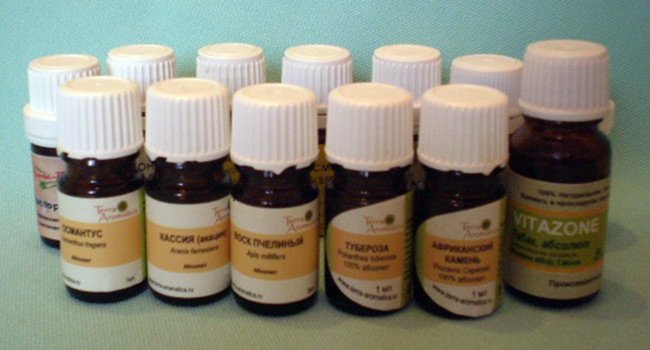
The most expensive absolutes are: iris, tuberose, jonquilia, narcissus poetics, wax (honey), acacia, champaka, violets, jasmine (sambac, grandiflorum), currant buds, lotus ...
The essential oils of rose are also expensive (it depends on the number of inflorescences used per kg of the produced substance), fleur-de-orange (aka neroli - orange tree flowers), frangipani, magnolia, white and green cognac, immortelle, cannabis ...
Well, the last, final and no less important component of the perfume is the aromas of animal origin:
- ambergris
- castoreum
- civet
- musk
- African stone
These components give a special depth to the scent, bringing it closer to the skin ...
True, natural musks are now practically not found in accessible use, due to the extermination of musk deer, its productive unit. In this regard, vegetable musks are now widespread: a combination of essential oils of hibiscus, costus, cistus. They have the least evaporation and therefore can retain the aroma for the longest time.
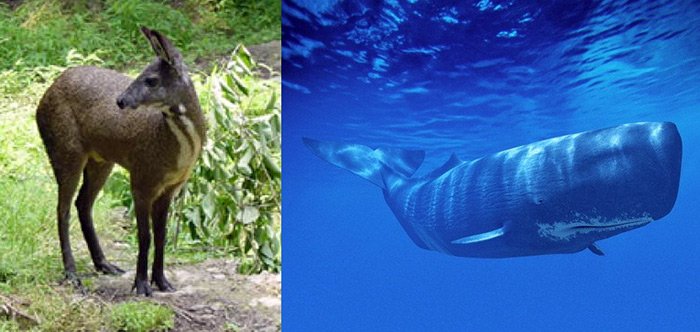
Ambergris Is a digestive product of the sperm whale, also a less common substance and also difficult to access. You can learn more about amber read here.
Castoreum - Beaver Stream, a terrible smelling thing, but not badly deepening the perfume to the desired formula.
Civet produced from the glands of the African cat, and is also common in the world of natural perfumery. It is considered more feminine than castoreum.
But, oddly enough, even their unsightly smell can ennoble the perfectly composed perfume.
And in the summary I would like to add - do not forget the main thing: perfume is the art of proportions! (And even the most expensive components can be ditched without looking)
Enjoy your creativity! And good luck with your experiments!
Comments and Reviews
Add a comment
Similar materials
Rating news
Shades of clothing that make women look younger
What shades of hair make women younger: rules and photos
Funny wedding dresses - photos and ideas
12 most expensive down jackets for the winter
How to look 25 at 40: tips from supermodels
Beautiful schoolgirls
Anti-aging haircuts and hairstyles for women
Fashionable skirts for autumn and winter
Fashionable women's trousers for the cold season
Fashionable and stylish sandals for summer 2024
Spring-summer 2024
 Fashionable dresses and tops with thin spaghetti straps
Fashionable dresses and tops with thin spaghetti straps
 Bandana tops: how to wear stylishly and beautifully
Bandana tops: how to wear stylishly and beautifully
 How to put together the perfect men's wardrobe for the summer
How to put together the perfect men's wardrobe for the summer
 Fashionable shorts for spring-summer 2024
Fashionable shorts for spring-summer 2024
 Fashionable skirts for spring-summer 2024: a guide to online shopping
Fashionable skirts for spring-summer 2024: a guide to online shopping
 The most fashionable dresses spring-summer 2024: styles and colors
The most fashionable dresses spring-summer 2024: styles and colors
 Fashionable total look 2024: ideas of images and trends
Fashionable total look 2024: ideas of images and trends
